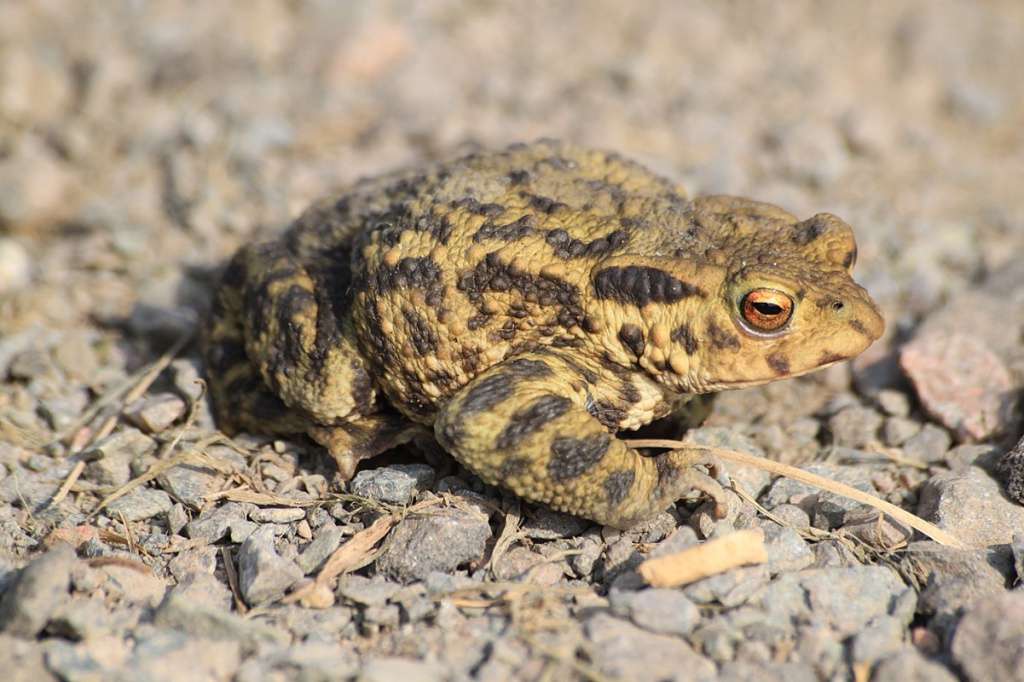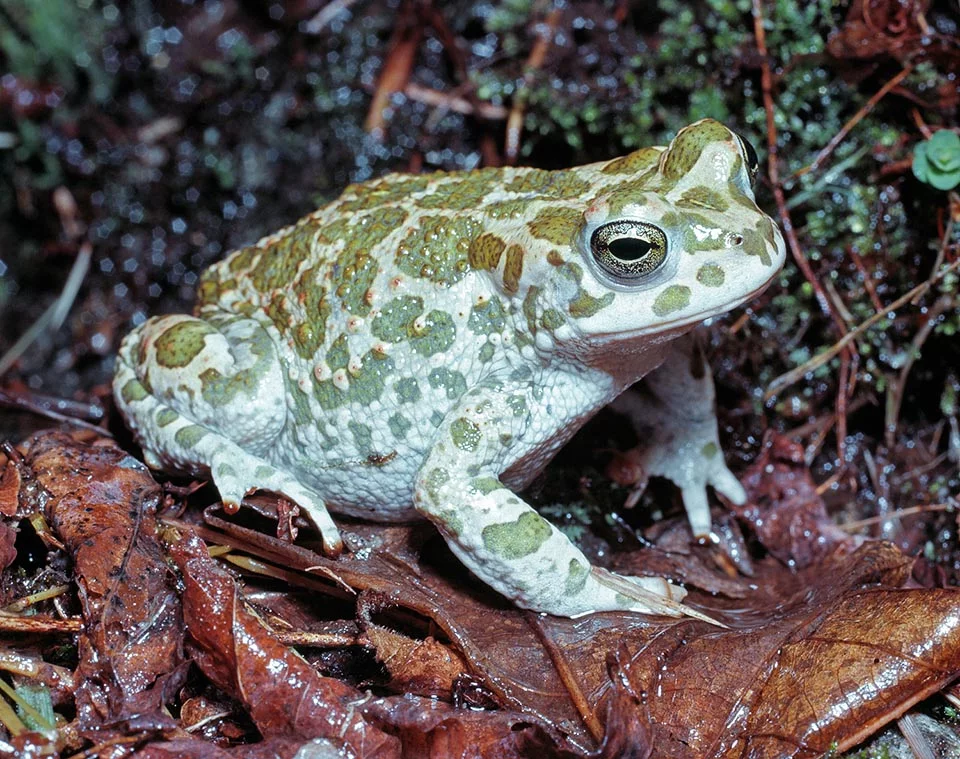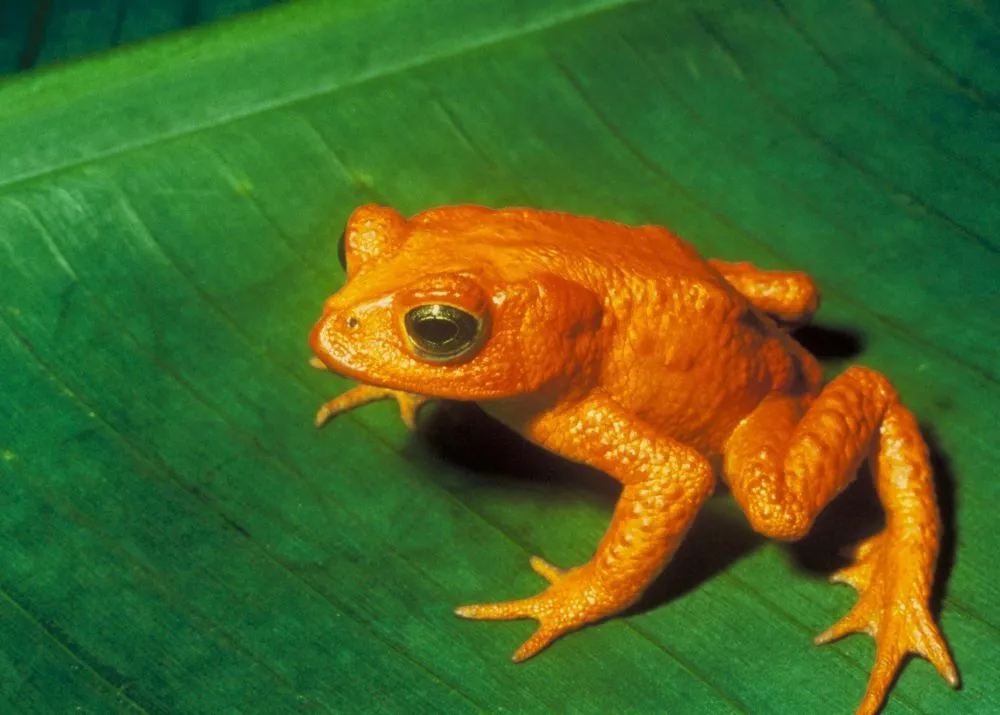
The cane toad is a large, common toad that is native to the southern United States and northern South America. The cane toad is born from an egg that was placed in water, starts off as a tadpole, and feeds on bothersome insects. At night, cane toads are active. Their poison can kill animals that attempt to consume cane toads. Cane toads are appetizing to predators in the toad’s native range, including as caimans, certain snakes, eels, and fish. Some people can endure their venom while others avoid the most poisonous sections and are immune to it.
The males start calling their partners in late March. When a male has a female’s attention, they mate while the female is laying her eggs. In the water of a stream or pond, she can lay anywhere between 4,000 and 36,000 eggs at once. Within three days, tadpoles emerge from the eggs. Cane toads consume algae and other aquatic vegetation as tadpoles. Tadpoles of cane toads undergo a metamorphosis, or transformation, that takes 12 to 60 days to complete.
Morphology
A very large species of toad that can grow as long as 15 cm and, on rare occasions, as long as 25 cm. The backs of adult toads are light brown or yellow-brown with darker markings and patches. Warts and dry skin are present. The belly is white or yellow with gray mottling occasionally. The iris is gold with noticeable black spots, and the pupil is horizontal. Toes are fully webbed, but fingers are not. Typically, the backs of young toads are gray with noticeable yellow or red dots or patches. When the toad is in danger, its enormous parotid glands on its shoulders release toxins. As the toad spreads into new places in large numbers, these toxins frequently kill native Australian carnivores that try to eat the toad, causing severe ecological harm.

Habitat
Highly established invasive species. It was first introduced to Queensland in 1935, and since then it has expanded quickly over much of the state as well as south to NSW’s mid-northern coast and west through the northern NT to the Kimberley region. It is moving west at a breakneck pace.
Cane toads can withstand a wide range of climatic and environmental circumstances, and they seem to be able to adapt to and survive in the majority of habitat systems. They are nocturnal and start to move around in broad, open spaces like lawns and roads. To catch insects, they can be seen gathering under lampposts and other lights. During cold or hot weather, they are frequently discovered seeking refuge behind rocks and logs, in depressions, and under plants.
Reproduction and Longevity
Cane toads typically breed in Australia from June to January, while it is possible for them to breed at any time of the year. Females can reproduce at least twice each year and can generate 8 000–35 000 eggs at a time. The proportion of eggs and tadpoles that survive to become adults is significantly influenced by local factors. Brackish water, momentary pools and puddles, as well as slow-moving freshwater streams and dams, are also acceptable egg-laying habitats for toads. Tadpoles can hatch in 48–72 hours, develop into metamorphs in 17–180 days, and attain sexual maturity in around 18 months, depending on temperature and feeding. In captivity, toads can survive for at least 15 years, and they can reproduce for at least five years in the wild.
As Pet
If they are properly cared for, marine toads can make wonderful pets. It is suggested that you keep them in aquariums or tanks with adequate room for them to move about comfortably. If given the right care, marine toads are relatively easy to tame and won’t release their poisons or venom. The decision to adopt a pet cane toad should not be rushed because keeping them as pets involves time and effort to build an artificial habitat for them.
Table





